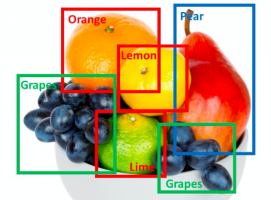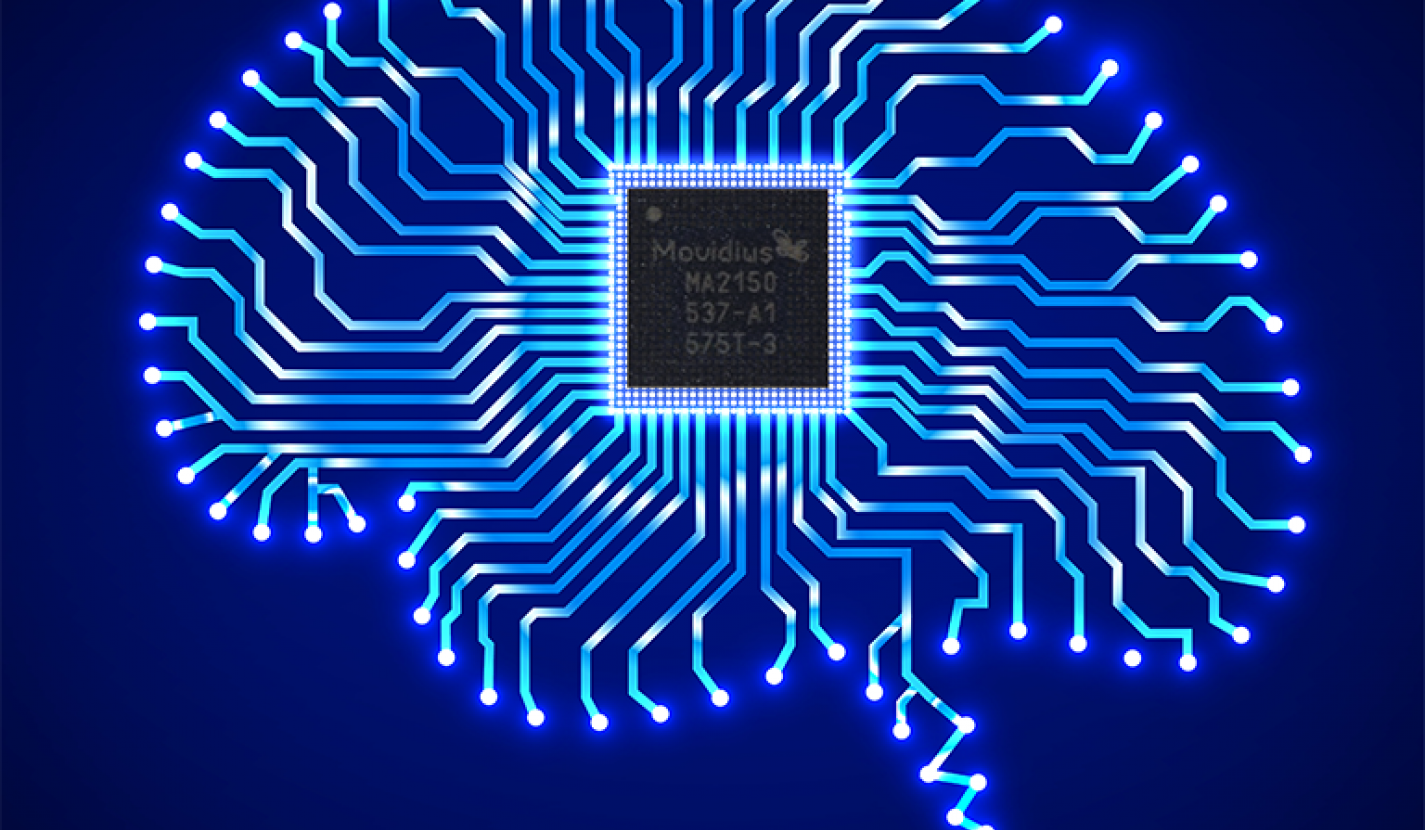Last week Intel announced its acquisition of Movidius, the company that designs the computer vision technology behind Google’s Project Tango and the obstacle avoidance in DJI’s Phantom 4.
In a statement, Movidius CEO Remi El-Ouzzane explained that their vision processing units and Intel’s RealSense 3D sensors are “a winning combination for autonomous machines that can see in 3D, understand their surroundings, and navigating [sic]accordingly.”
However, the combination of these two technologies may be able to do a lot more in the future than simple obstacle avoidance.
This is because Movidius’ technology encompasses both hardware and software. They make a chip, called the Myriad 2, that is optimized for processing complex visual information. It also uses very little power, so it is ideal for use in technology like drones and mobile devices. But Movidius also makes algorithms that run on their chip, algorithms for “Deep Learning, depth processing, navigation and mapping, and natural interactions.”

Movidius deep learning
As a result, Intel argues that Movidius’ tech is an ideal complement for the company’s RealSense 3D sensor, helping to exploit its full capabilities in a number of different technologies. “Specifically,” explains Intel VP Josh Walden, “we will look to deploy the technology across our efforts in augmented, virtual and merged reality (AR/VR/MR), drones, robotics, digital security cameras and beyond. “
This means that everywhere RealSense 3D sensors go, you’re likely to find Movidius computer vision and deep learning tech, too. Some day we may see smartphones and UAVs that use 3D sensors to recognize the objects in their environments (no post-processing necessary) and act accordingly. Imagine what a device like that could do.






